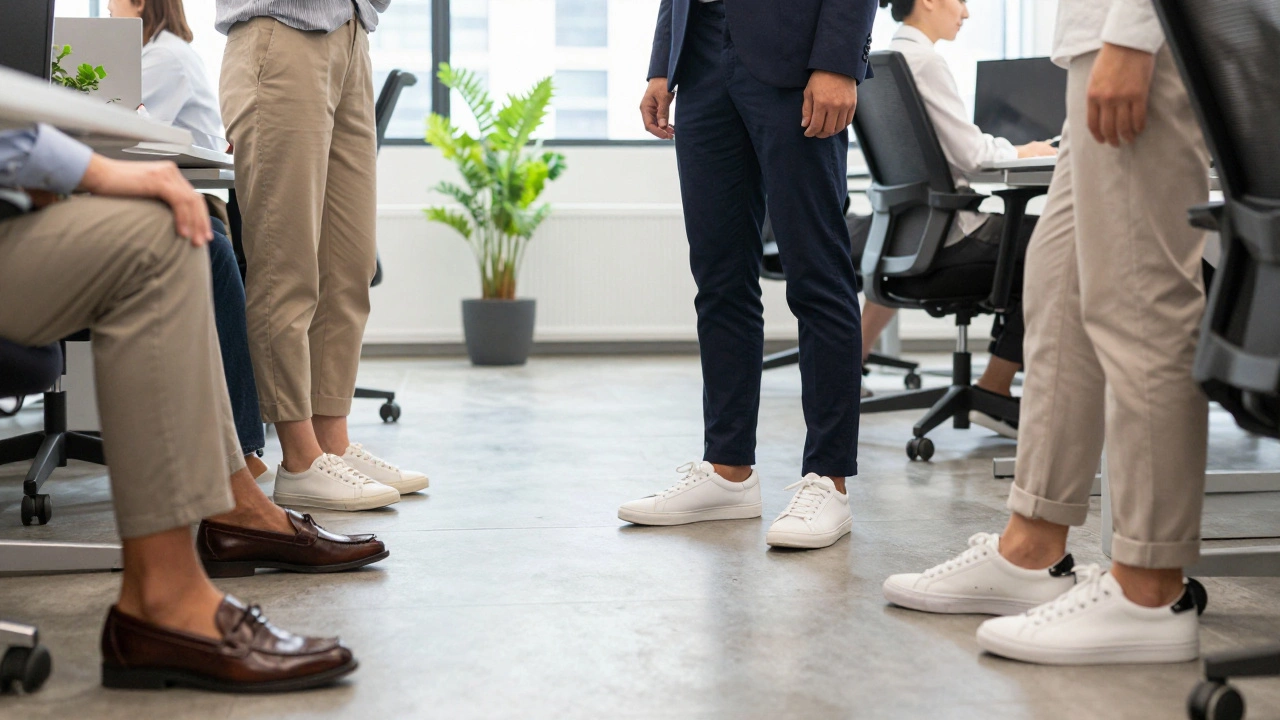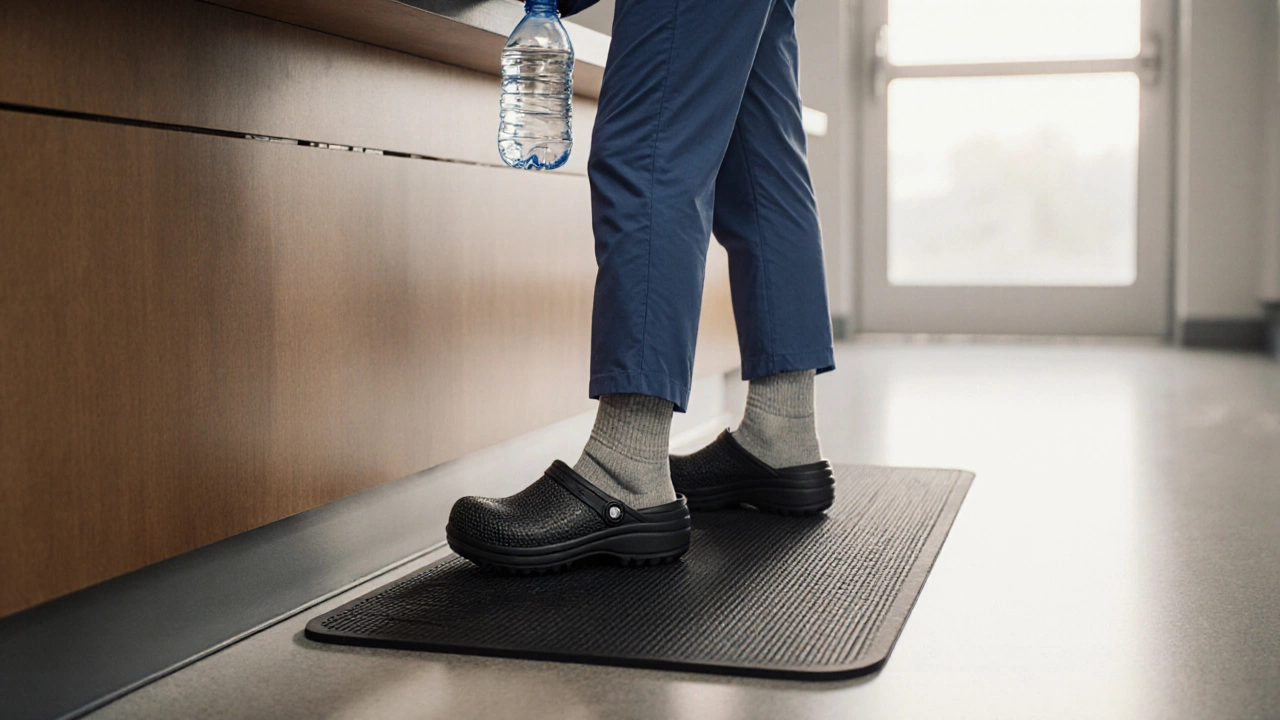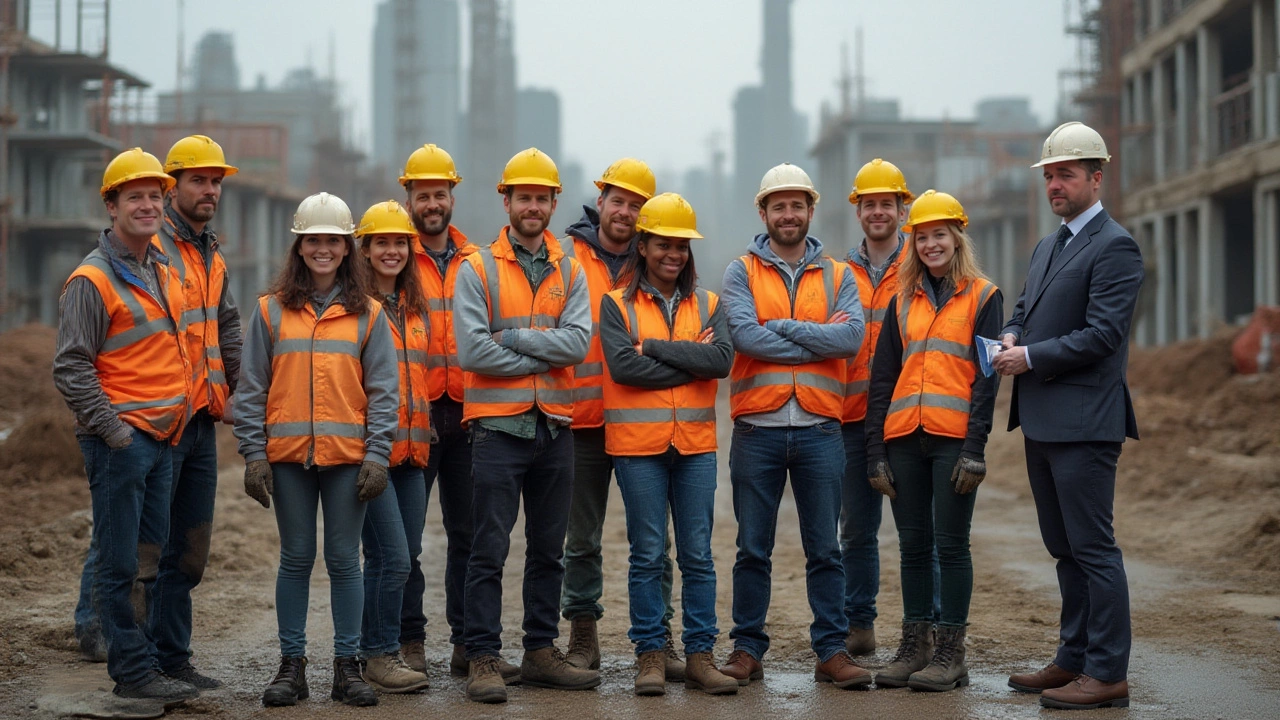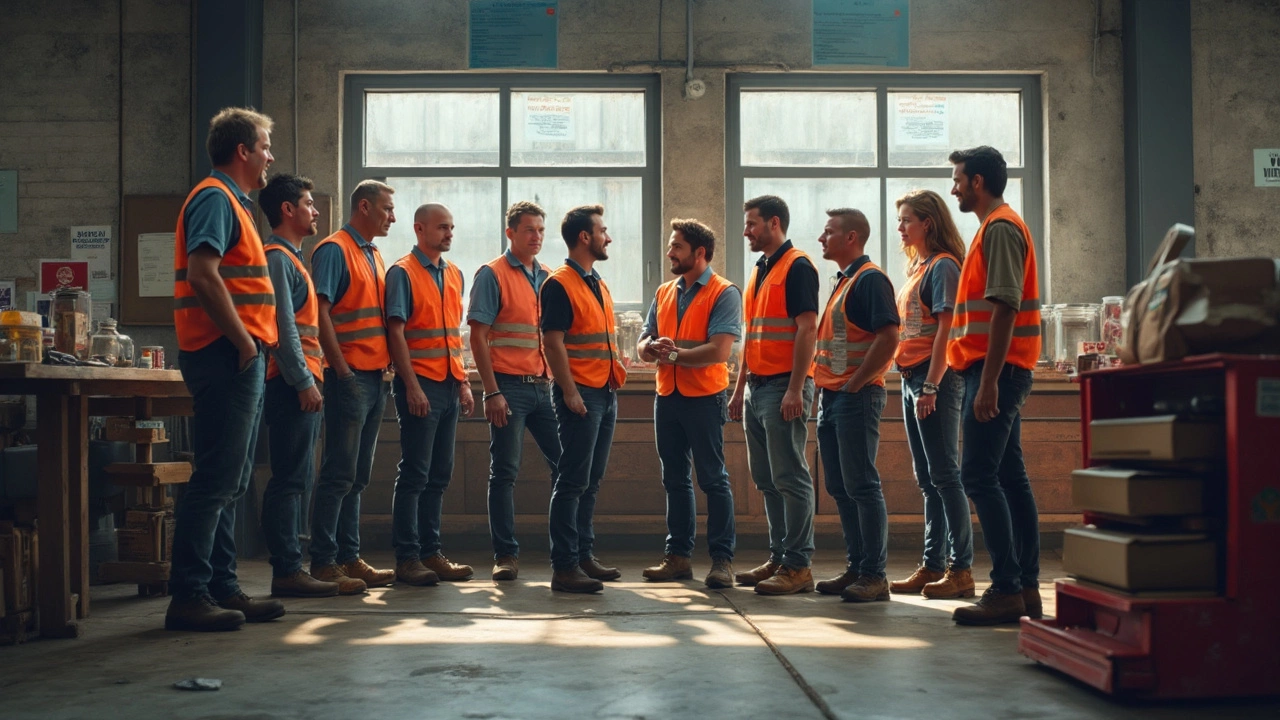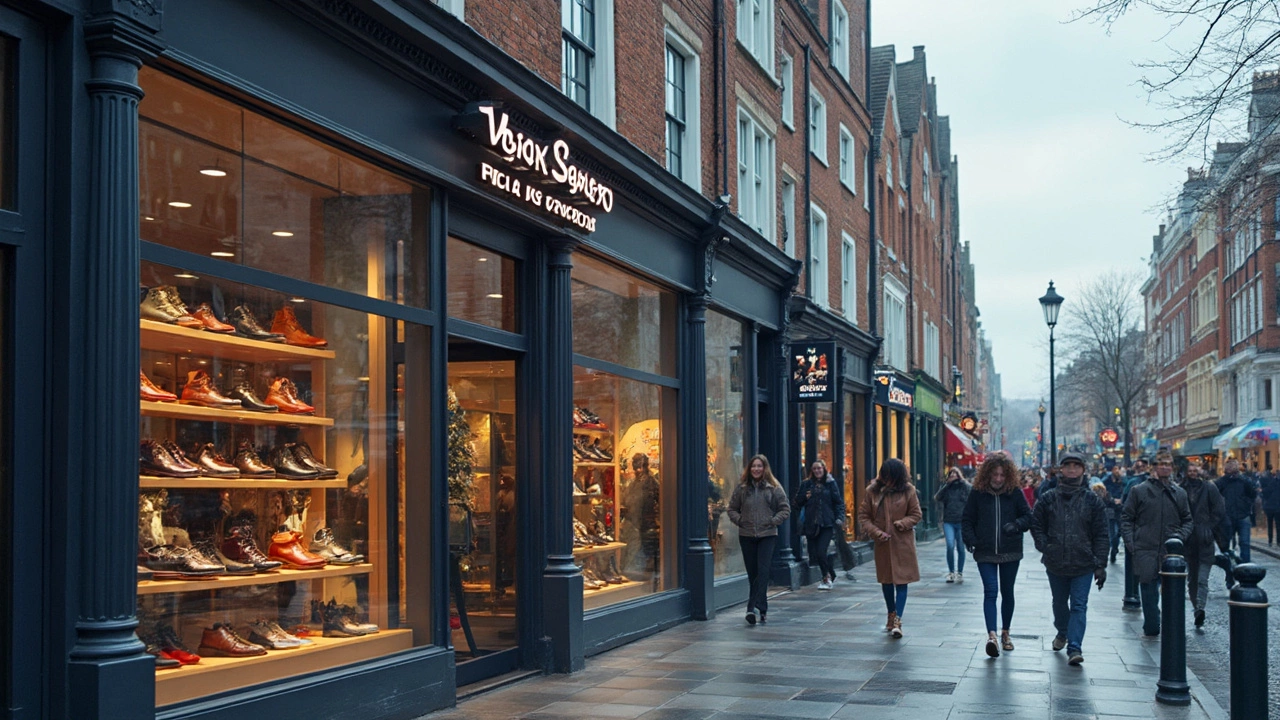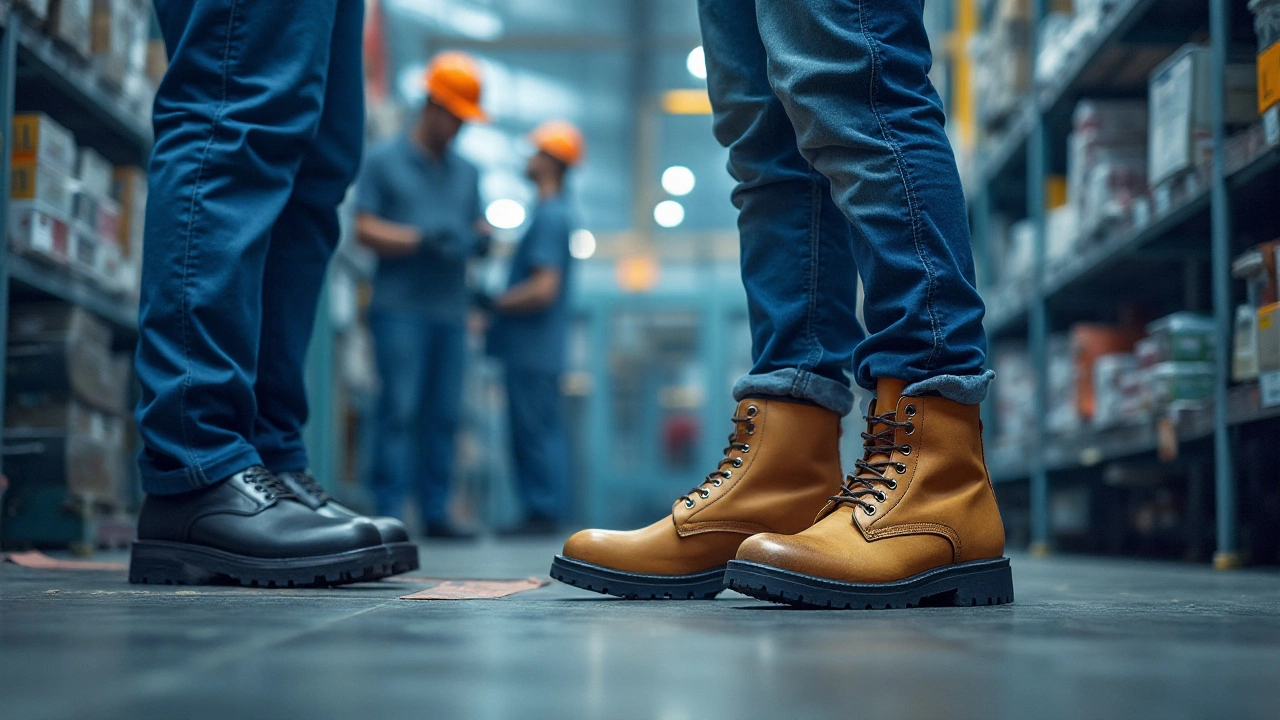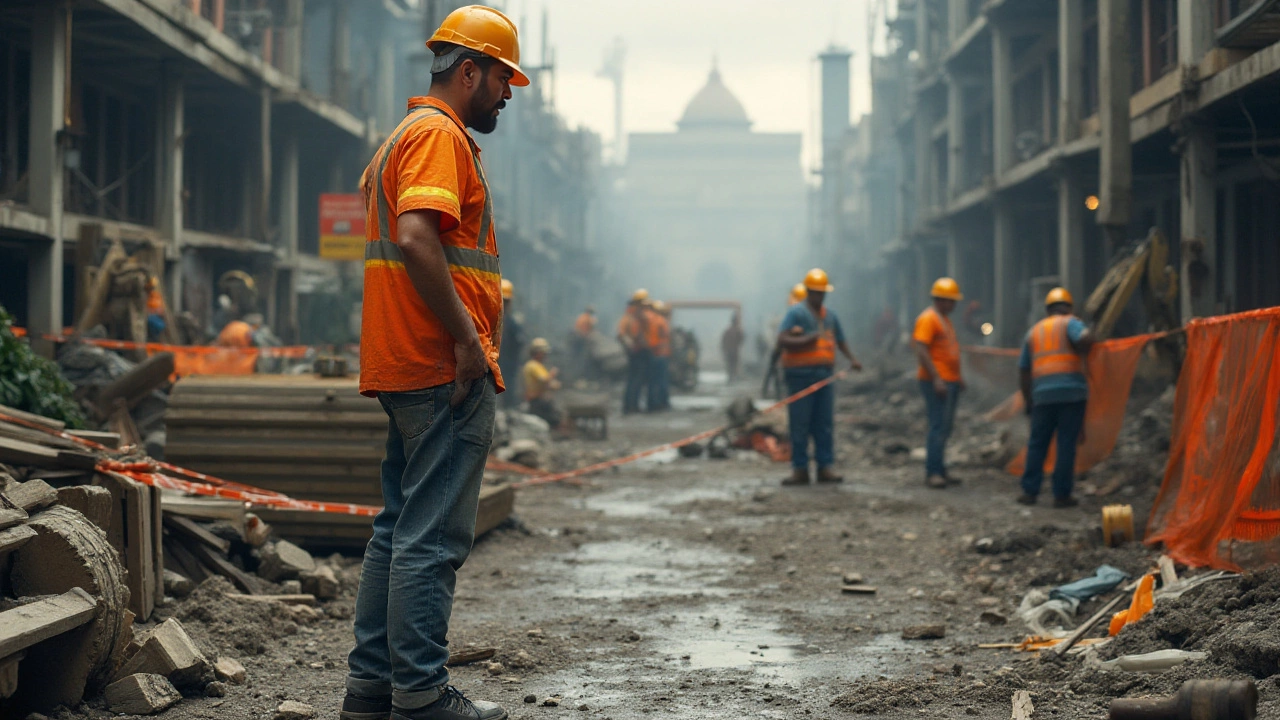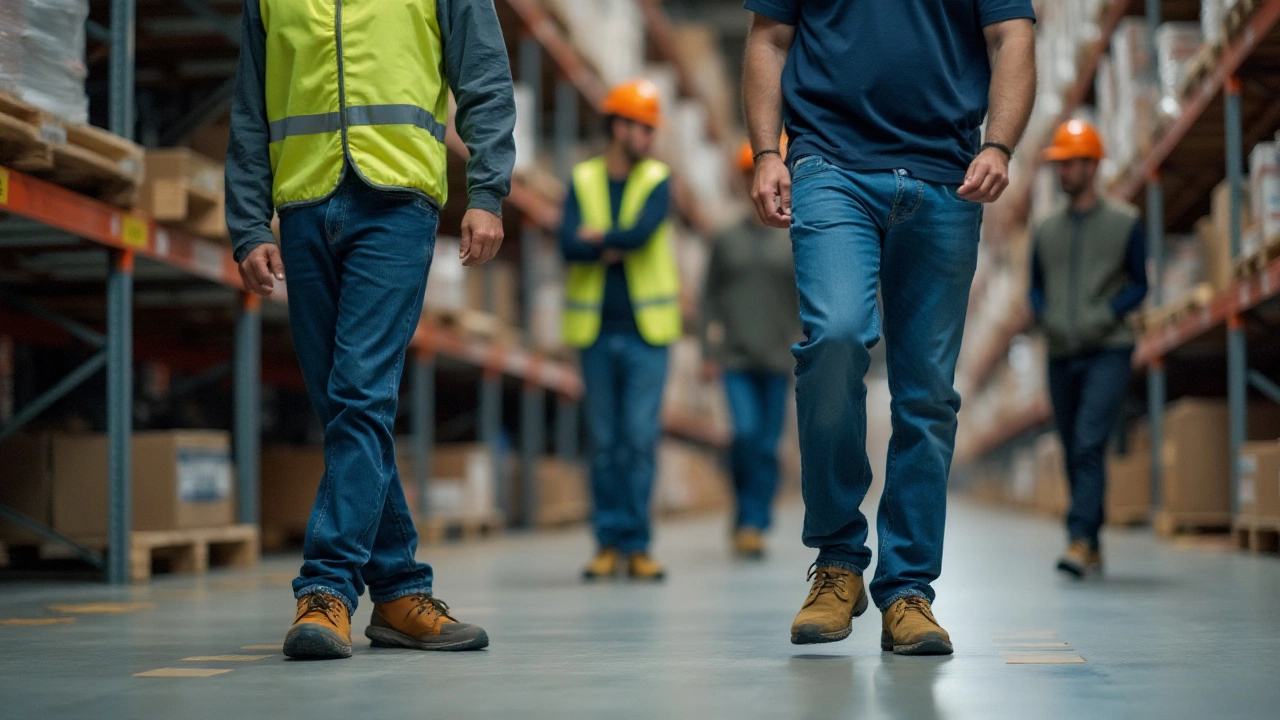Work Shoes: Comfort, Safety, and Style Guide
When you think about work shoes, footwear designed for occupational environments that balances protection, durability, and comfort, the first thing that comes to mind is safety. Safety footwear, shoes equipped with steel toe caps, slip‑resistant soles, and electrical‑hazard protection is a core sub‑type of work shoes. At the same time, leather shoes, classic uppers that offer both durability and a professional look often serve as the base for many work‑ready designs. work shoes must also keep your foot health, overall well‑being of the feet, in mind, which is why comfort technologies matter. In short, work shoes encompass safety footwear, require foot health consideration, and often build on leather construction.
Key Factors When Choosing Work Shoes
First up, protection. If your job involves heavy objects, chemicals, or slippery floors, you’ll need safety footwear that meets the relevant occupational standards—think steel or composite toe caps, puncture‑proof midsoles, and anti‑static properties. The second factor is comfort. Comfort shoes, models that incorporate cushioning, arch support, and breathable linings help prevent fatigue during long shifts. A good pair balances a snug heel lock with enough toe wiggle room; this alignment keeps your foot health in check and reduces the risk of blisters or joint strain. Finally, durability matters. Leather uppers, reinforced stitching, and rugged outsoles extend the lifespan of your work shoes, making them a cost‑effective choice for demanding environments.
Style may not be the first word that jumps out when you talk about work shoes, but it’s becoming a real consideration for many professions. Modern designs now blend protective features with sleek silhouettes, so you can move from a warehouse to a client meeting without swapping footwear. Color options have expanded beyond the traditional matte black; think navy, dark brown, or even subtle texture variations that hide scuffs. When you combine safety standards with contemporary aesthetics, you get a pair that not only meets regulatory requirements but also reflects a polished, professional image. This shift shows how work shoes influence workplace perception and personal confidence alike.
Maintenance is another piece of the puzzle that links all these entities together. Proper cleaning of leather shoes preserves their finish and prevents cracks that could compromise protection. For safety footwear, regular inspection of toe caps and soles ensures they still meet safety guidelines. Comfort shoes benefit from routine airing out and occasional replacement of insoles to keep arch support effective. By treating each component—protective elements, comfort features, and style finishes—you extend the functional life of your work shoes and protect your foot health over the long haul.
Now that you’ve got a clear picture of what makes a great pair of work shoes, you’re ready to dive into the specific articles below. We’ve gathered practical advice on everything from choosing the right leather finish to maximizing comfort on long shifts, so you can pick the perfect pair for your daily grind.
- Cleo Fairchild
- Dec, 4 2025
- 0 Comments
What Shoes Are Allowed at Work? A Clear Guide for UK Offices and Jobs
Find out what shoes are actually allowed at work in the UK, from offices to hospitals to warehouses. No guesswork-just clear, real-world rules based on job type and safety standards.
- Cleo Fairchild
- Nov, 20 2025
- 0 Comments
How to Survive a 10-Hour Shift on Your Feet: Practical Tips for Work Shoes and Comfort
Learn how to survive a 10-hour shift on your feet with practical advice on work shoes, insoles, stretching, and recovery. Reduce foot pain and stay comfortable all day.
- Cleo Fairchild
- Jul, 28 2025
- 0 Comments
Should Employers Pay for Work Shoes? UK Laws, Rights and Real-World Scenarios
Wondering if your boss should fund those mandatory steel toes? Get the facts on UK laws, workplace rights, and practical advice for every worker.
- Cleo Fairchild
- Jun, 7 2025
- 0 Comments
Is Being on Your Feet for 12 Hours Bad? Work Shoes, Pain, and Real Solutions
Long shifts on your feet can do a number on your whole body, not just your legs. This article breaks down the real effects of standing for 12 hours straight, what happens to your body, and how to make it less painful. You'll find practical tips about choosing the right work shoes and ways to handle fatigue if those marathon days are part of your job. Learn why rest, support, and even the tiniest habits matter more than you think. If your feet hurt after work, you’ll want to know what’s actually causing it—and what you can do about it.
- Cleo Fairchild
- May, 11 2025
- 0 Comments
Can I Refuse to Wear Safety Shoes at Work?
Wondering if you can say no to safety shoes at work? This article breaks down when safety shoes are actually required, what could happen if you refuse, and what your options are if your feet genuinely can’t handle them. Get practical advice, real rules, and tips to keep both your boss and your toes happy. Know your rights and responsibilities before you make a move.
- Cleo Fairchild
- Apr, 1 2025
- 0 Comments
Best Brands for Comfortable Work Shoes
Finding the right work shoes can be a challenge, but it's key to staying comfortable throughout the day. We'll explore top brands that focus on comfort without sacrificing style. Learn about what makes these shoes stand out, and discover some insider tips on choosing a pair that suits your needs. Say goodbye to foot pain and hello to happy feet!
- Cleo Fairchild
- Feb, 2 2025
- 0 Comments
Understanding OSHA Shoes: Protect Your Feet at Work
OSHA shoes are vital for maintaining safety across various work environments. Designed to meet the Occupational Safety and Health Administration's standards, these shoes provide essential protection against hazards such as slippage, electrical risks, and heavy objects. Offering a blend of comfort and functionality, OSHA footwear is indispensable in minimizing workplace injuries. Learn about the distinct features of these shoes and why they are crucial in ensuring worker safety.
- Cleo Fairchild
- Jan, 15 2025
- 0 Comments
Worksite Footwear Disasters: Shoes to Avoid on the Job
Choosing the right footwear for a job site is crucial to ensuring safety and preventing accidents. This article explores types of shoes that should never make their way onto a worksite, shedding light on the dangers of improper footwear. By understanding the right and wrong choices, you can protect your feet and enhance your job performance. Learn practical tips and insights into the characteristics of optimal worksite shoes. Keep your feet secure and your performance optimal with the right footwear.
- Cleo Fairchild
- Dec, 7 2024
- 0 Comments
Understanding OSHA Compliant Footwear for Workplace Safety
Choosing the right OSHA approved footwear is essential for maintaining safety and comfort in various work environments. These shoes are designed to meet specific safety standards and protect workers from potential hazards. Understanding the types of shoes available, the regulations they comply with, and the unique features they offer can help in making informed decisions. Different industries may require specific features such as slip-resistance, toe protection, or electrical hazard protection. These insights will guide you in selecting the correct footwear to ensure safety and compliance in the workplace.
